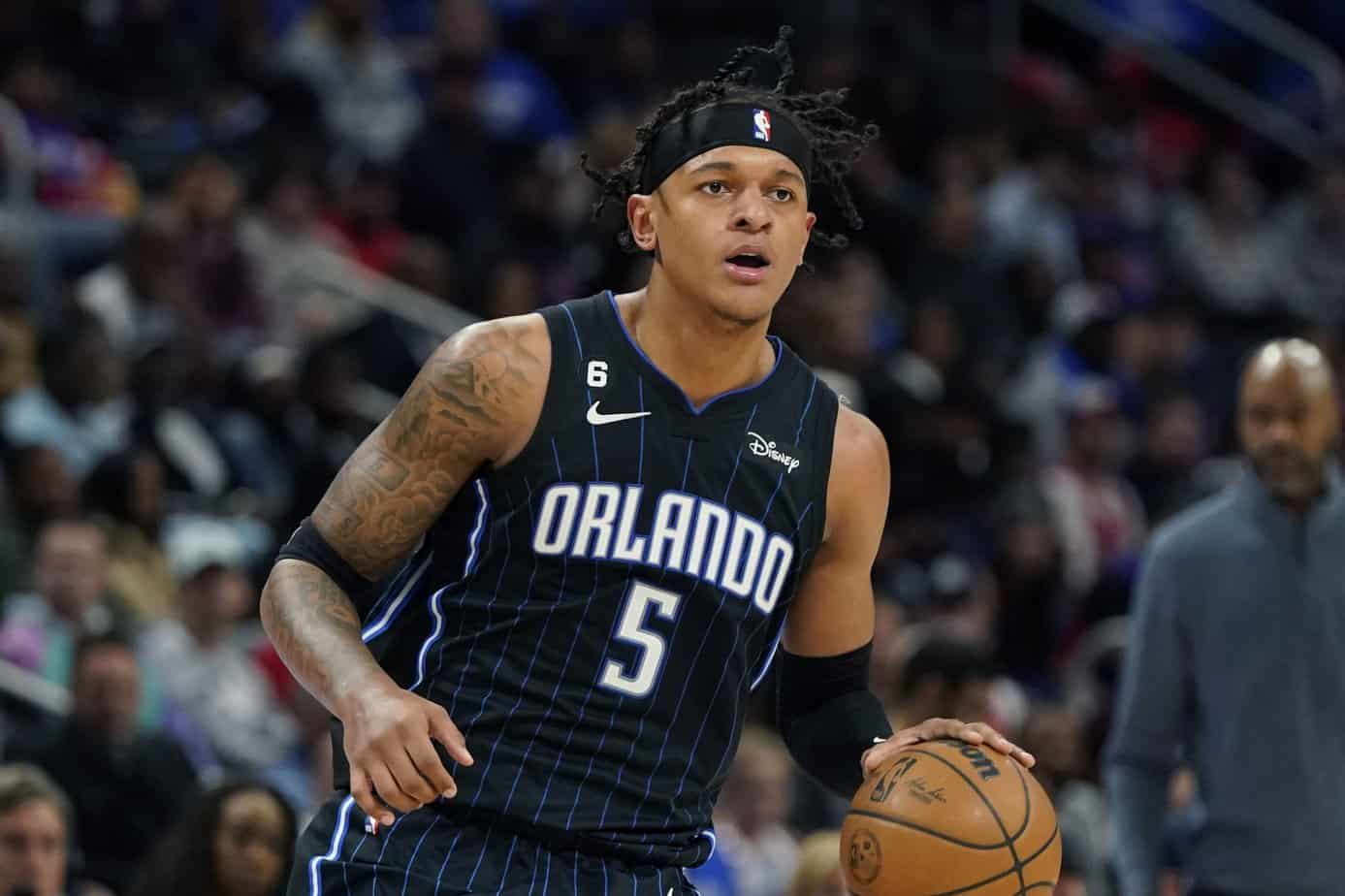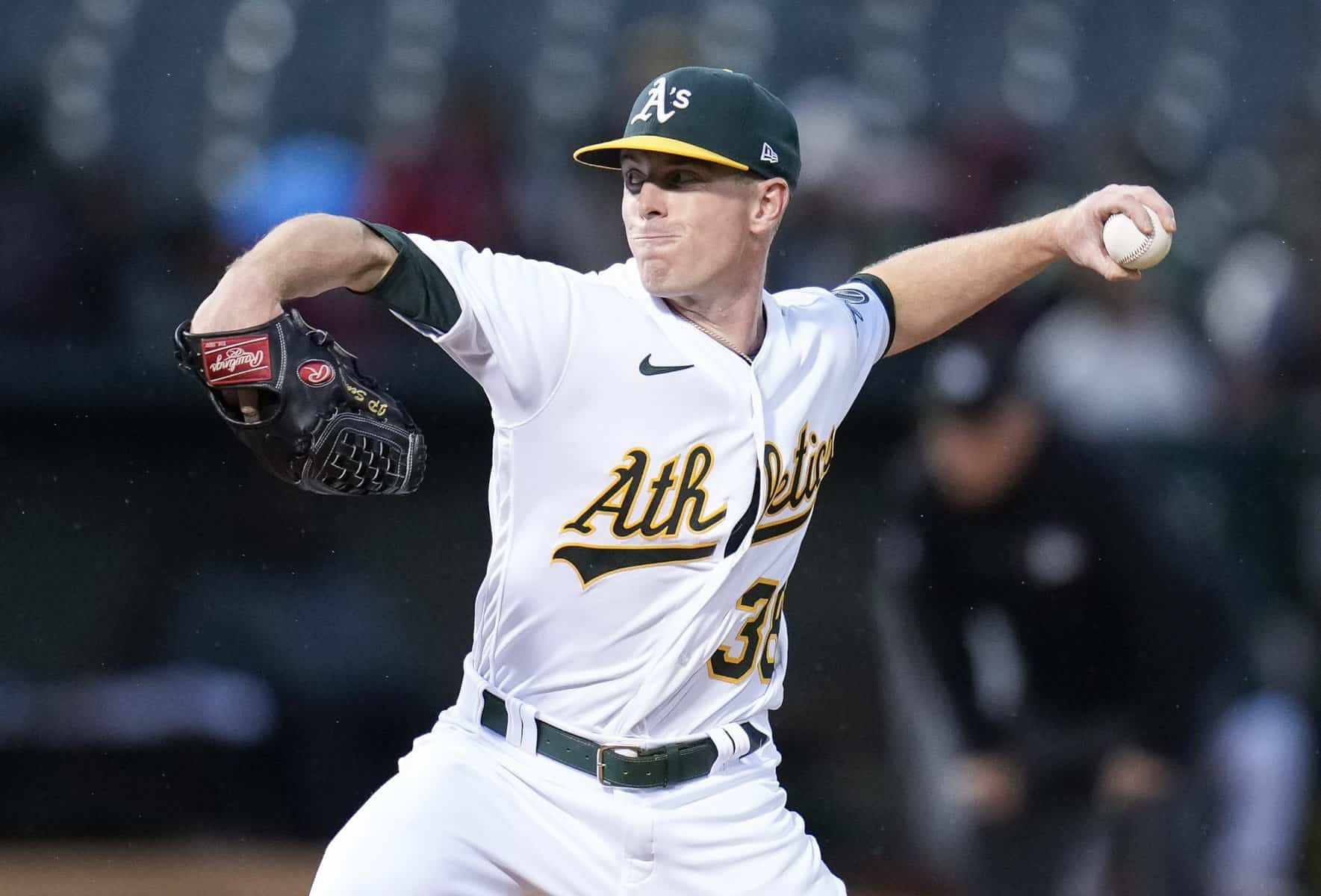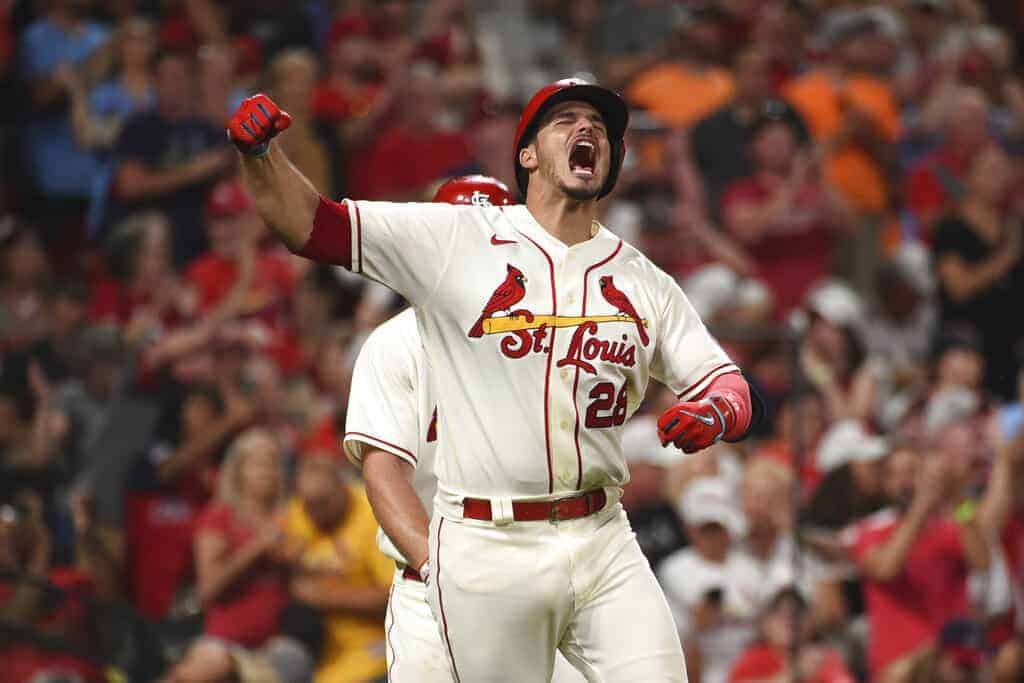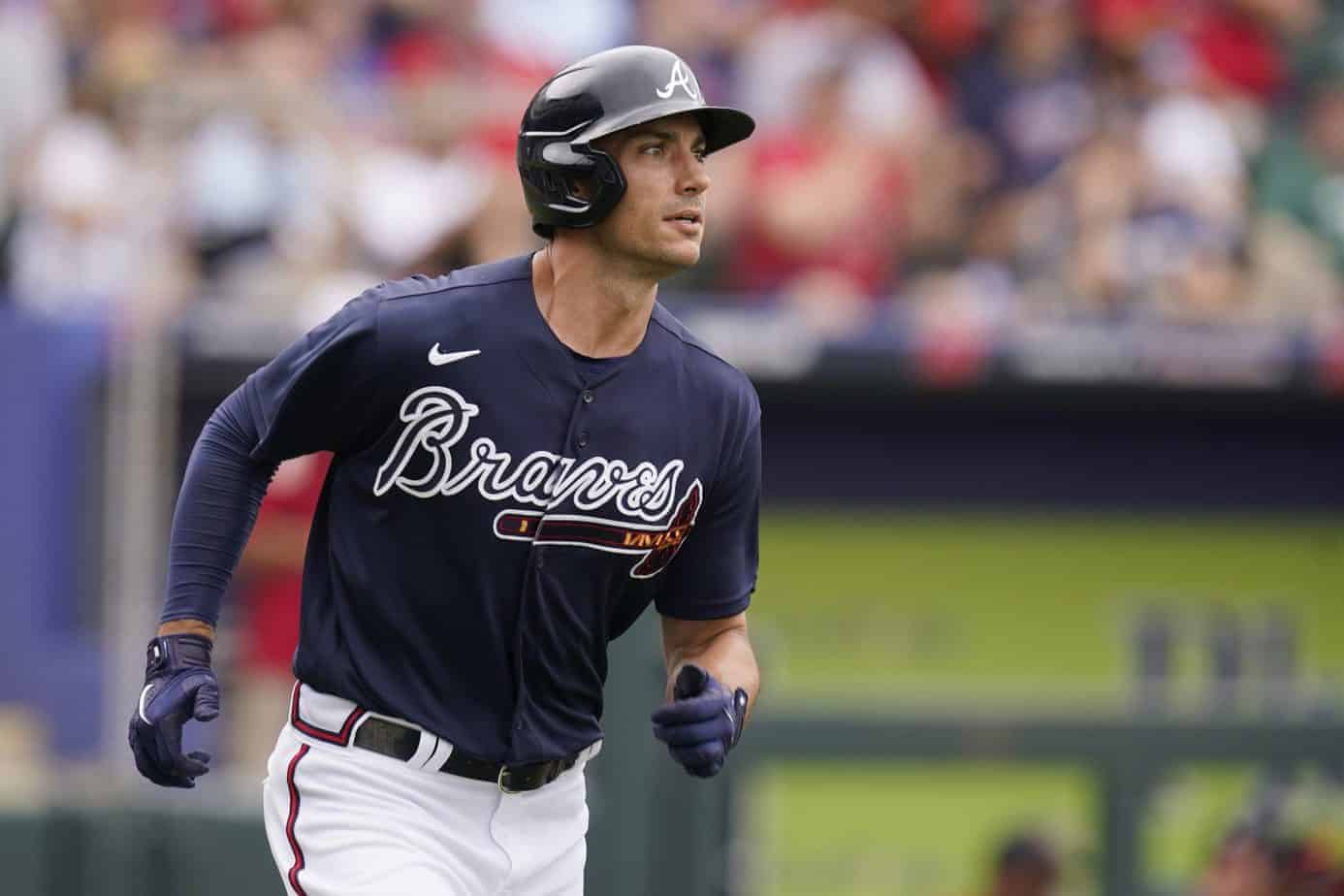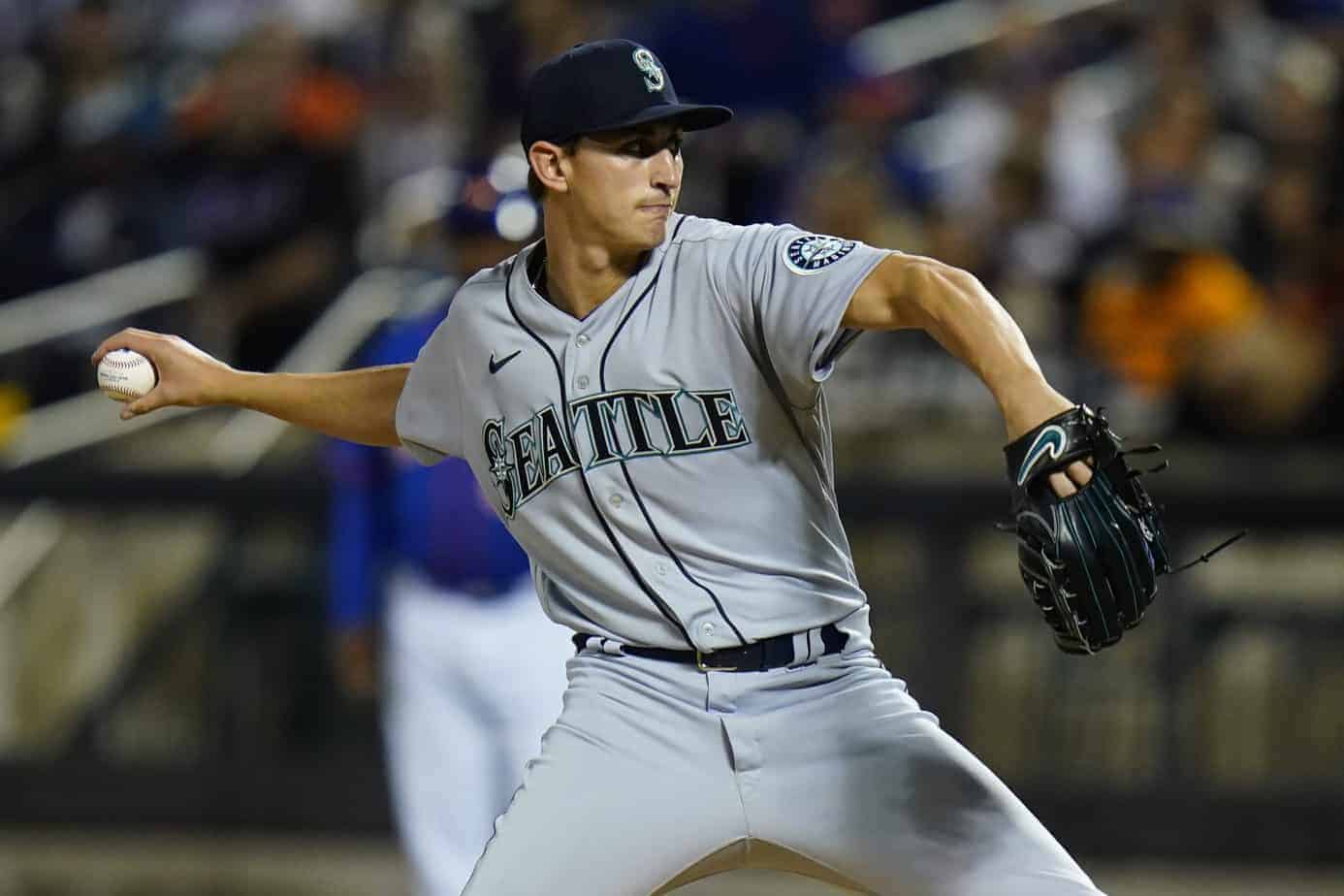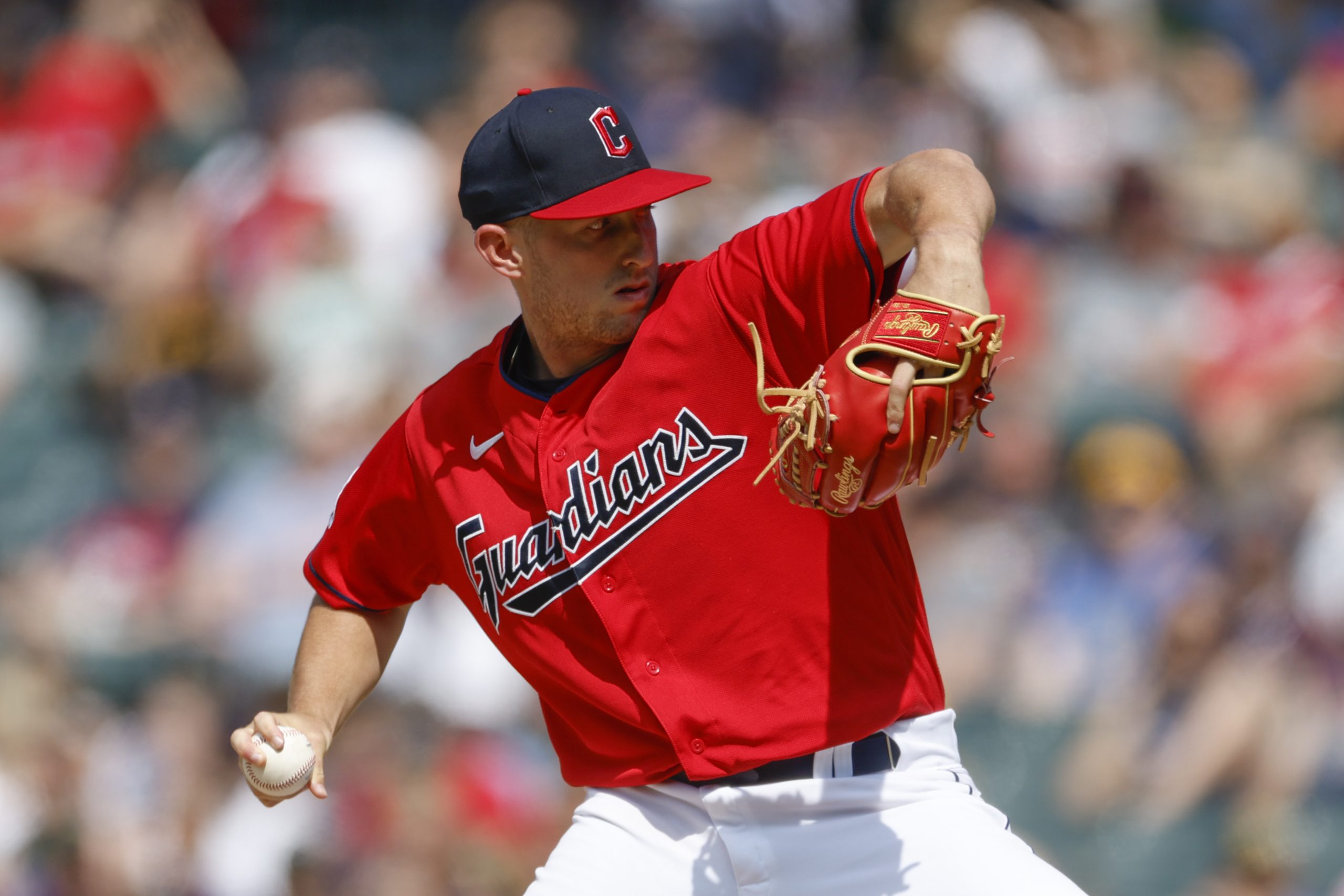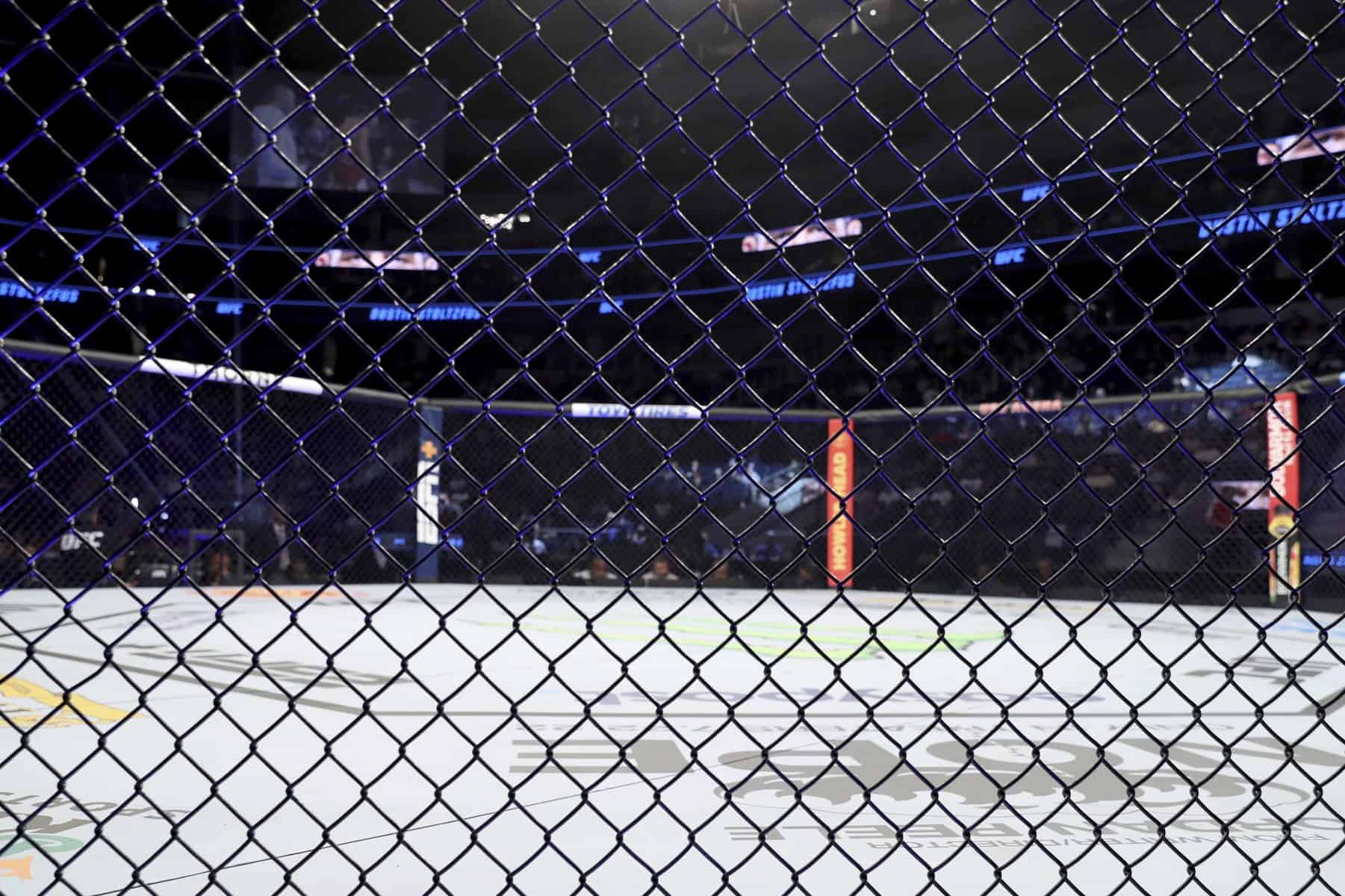For the first time ever in the NASCAR DFS realm, someone is going to win $1 Million by making their six-driver DraftKings NASCAR picks in the Daytona 500. Thus, let’s review what optimal tournaments lineups on DraftKings should look like for the Daytona 500 and how NASCAR DFS players can find the differentiation they need for when making their NASCAR fantasy predictions for Sunday’s DraftKings NASCAR Milly Maker.
NASCAR DFS: Daytona 500 Fantasy Picks & Predictions
What Makes NASCAR Fantasy at Daytona Different?
A common theme that will be referenced several times this season is how playing NASCAR DFS is like adjusting the weight on a sliding scale. Think back to childhood and visits to the doctor’s office. Arrival meant stepping on the old, non-digital scale where weights were hand-adjusted to correctly weigh each person. Every person was different from one to the next and had to be adjusted accordingly. In a similar fashion, every NASCAR DFS slate is unique based on the track type and the number of laps being run.
When the track has an event with fewer laps, the need for a dominator (drivers who accrue bonus points through laps led and fastest laps) generally wanes simply because those points are in short supply. More often than not, it is far easier for the highest-scoring drivers to do so via finishing position points and place differential (positions gained relative to where they started the race). On the other side, when races reach the 400 or even 500 lap range, then the need for dominators increases as the highest-scoring drivers will come from those who led the most laps and while doing so, also had the fastest car lap to lap.
Laps-wise, Sunday’s race will be in the mid-levels of most events: 200 laps. If this were a “normal” track like Autoclub Speedway in Fontana, Calif., in two weekends, the discussion would be about if one can get away with a singular dominator build or if lineups need a second dominator, as it has the exact same number of laps. However, Daytona is not normal, it is what is called a superspeedway. A 2.5-mile, steeply banked oval that allows for high speeds and draft-based pack racing where the field can run together within just mere seconds from first to 40th. This type of racing allows for high volatility where anyone can wreck out anytime and take multiple cars with them in the process.
Oddly enough, this type of racing has an equalizing effect on the field making the underfunded teams equal to the top run squads. Oftentimes, what makes one vehicle better than another at Daytona can come down to the driver’s skill, their tolerance for wrecking, and sheer luck.
The 2021 Daytona 500
Thus, if these factors are true, they should be represented in how Daytona 500 races play out. For example, look no further back than last year’s event that saw Michael McDowell win after a wreck on the last lap.
While touting names is meaningless to the DFS player who does not follow NASCAR, just understand that for McDowell and his Front Row Motorsports team, a good week would be finishing in the top 15. That victory is McDowell’s only victory in the NASCAR Cup Series and the first for Front Row Motorsports since David Ragan won at Talladega (the other superspeedway on the NASCAR calendar) back in 2013. That should be a dead giveaway that the only two times an underfunded team has won in eight years happened to be at the most volatile tracks on the schedule.
However, the proof in the pudding is not just on McDowell’s win. The rest of the top 10 is littered with names that normally do not grace the top 10 in any other week. Austin Dillon, a perpetual 13th-place finisher made his way to third. Ryan Preece, who is now racing on a part-time basis after his former team folded from two cars down to just one, ended his evening in the sixth position. Spire Motorsports teammates Jamie McMurray, in his only 2021 start, and Corey LaJoie graced ninth and 10th place, the best finishes for either the Nos. 77 or 7 cars this past season.
The equalization of the field might be fine one asks but what about the dominators and why the trepidation with them? The first issue is with those fastest laps points and what this type of racing does to top speeds. With this equalization effect, combined with the draft, the fastest lap can show up anywhere in the field from lap to lap. For example, over the past six races at Daytona, no starting position is averaging more than double-digit fastest laps while every position has at least some – even the drivers starting in the rear. Unlike other races, it is not a guarantee that the driver out front, with the aid of clean air, will be garnering these fastest laps points. In fact, it is more likely they will not as they are the first car to start punching a hole through that wall of air at Daytona.
As far as laps led points, with just 50 in total on the board there is not that many, to begin with, and what few are available can be negated with negative place differential. Dating back to 2017, eight of the 10 top-two lap leaders in each of the past five Daytona 500 events have lost place differential, an average of negative seven spots. Losing seven spots basically negates 28 laps led. Furthermore, as their position drops so too does their finishing position points. The average finishing position of the top two leaders in this same time frame is 12.6 for the top lap leader meanwhile it is 18th for the driver who led the second-most laps. In the end, this lack of points matters as far as building optimally goes.
Latest NASCAR DFS Content
- NASCAR DFS Picks: Top Drivers for the Wurth 400 at Dover (2024)
- DraftKings NASCAR Cheat Sheet: NASCAR DFS Sims Picks for the Würth 400 at Dover
- NASCAR DFS Picks: Top Drivers for the GEICO 500 at Talladega (2024)
- NASCAR DFS Picks: Top Drivers for the AutoTrader EchoPark Automotive 400 at Texas (2024)
- NASCAR DFS Picks: Top Drivers for the Cook Out 400 at Martinsville (2024)
- Stokastic DFS on Youtube
NASCAR Fantasy & DFS Impact
Thus, with the following factors in mind, optimally built Daytona 500 lineups on DraftKings should have a different feel to them:
- field equalized due to the draft
- underfunded squads can run just as well or even better than the top teams
- no concern for random fastest laps
- more often than not, lap leaders will negate their bonus points with negative place differential
This does, in fact, play out time and time again when one inspects these previous highest-scoring rosters. Thus, let’s delve into the optimal lineups from the past four Daytona 500s and search for common themes to guide DFS players for this Sunday.
2021 Daytona 500
| Player Name | Start | Finish | Score | Salary |
| Denny Hamlin | 25 | 5 | 85.75 | $10,400 |
| Chase Elliott | 12 | 2 | 54.1 | $10,300 |
| Ross Chastain | 34 | 7 | 67.15 | $7,800 |
| Cole Custer | 27 | 11 | 50.95 | $6,700 |
| Michael McDowell | 17 | 1 | 64.4 | $6,300 |
| Austin Cindric | 39 | 15 | 56.1 | $6,100 |
| Totals | 378.45 | $47,600 |
2020 Daytona 500
| Player Name | Start | Finish | Score | Salary |
| Denny Hamlin | 21 | 1 | 89.75 | $10,400 |
| Ryan Blaney | 27 | 2 | 69.5 | $9,300 |
| Clint Bowyer | 29 | 6 | 62 | $8,600 |
| Brendan Gaughan | 39 | 7 | 71 | $7,200 |
| Corey LaJoie | 36 | 8 | 64.75 | $5,500 |
| David Ragan | 30 | 4 | 69.5 | $5,200 |
| Totals | 426.5 | $46,200 |
2019 Daytona 500
| Player Name | Start | Finish | Actual | Salary |
| Denny Hamlin | 10 | 1 | 63.5 | $10,000 |
| Kyle Busch | 31 | 2 | 82.25 | $9,600 |
| Erik Jones | 28 | 3 | 71 | $8,200 |
| Kyle Larson | 26 | 7 | 60.5 | $7,800 |
| Michael McDowell | 34 | 5 | 71 | $5,900 |
| Ross Chastain | 36 | 10 | 62 | $4,800 |
| Totals | 410.25 | $46,300 |
2018 Daytona 500
| Player Name | Start | Finish | Score | Salary |
| Ryan Blaney | 3 | 7 | 65 | $8,600 |
| Austin Dillon | 14 | 1 | 64.75 | $7,900 |
| Aric Almirola | 37 | 11 | 62.25 | $7,700 |
| Paul Menard | 16 | 6 | 53.75 | $7,000 |
| Chris Buescher | 21 | 5 | 57 | $6,100 |
| David Gilliland | 39 | 14 | 56.5 | $5,100 |
| Totals | 359.25 | $42,400 |
Making the Right NASCAR Picks to Win $1 Million
So, what are some common themes running in these four optimal lineups? The first thing that should stand out is how much of the salary cap is left over from slate to slate. This can be a hurdle to some DFS players as they feel compelled to use as much salary as possible. As far as this week goes, it is better to just pretend that the salary cap does not exist.
Second, the next factor should be the starting position of these drivers, and consequently, the number of positions they are gaining. In last year’s Daytona 500, no driver in the optimal lineup started in the top 10. In 2020, no optimal driver started in the top 20! Go back to 2019 and just one driver (Denny Hamlin, 1oth) started further than the 25th position. Finally, in 2017, the optimal drivers look like a shotgun spray with one driver that started in the top five, two from the teens, a driver practically in the middle, and then finally drivers who started 37th and 39th. With place differential getting emphasized as one of the more sought-after scoring metrics, it is only expected that drivers with the greatest place differential upside are popping in these lineups. For the outliers who start in the teens or higher, they must have a top-six finish plus lead laps in the process.
Third, where a driver finishes matters a ton too. In fact, rostering a driver who scores place differential is not good enough. That driver has to be capable of combining that place differential with a top-10 finish. None of these 20 optimal drivers finished worse than 15th, nearly all of them ended their evenings in the top 10, and those that did not either had a ton of place differential like Austin Cindric in last year’s race or they garnered enough laps led points to compensate for not finishing in the top 10.
In the end, the drivers that DFS players select need to have access to those factors in order to maximize upside.
- For drivers who start from 20th and beyond, they need to be able to pair their place differential with a top-10 finish or finish in the top 15 while gaining ~20 positions. These sort of drivers should constitute the majority of lineups, perhaps even all of it, dependent on how the Duel qualifying races shake out. While possessing the highest ceilings they also maintain the safest floors for fantasy production.
- For drivers who start in the teens, they need to combine their limited place differential with a top-five finish. Per lineup, these types of drivers should be no more than a few per roster.
- For drivers who start first through 10th, they have to finish in the top five while leading the most or second-most laps. These drivers carry the most volatility and should be limited to one per roster. However, when they pay off it often comes at depressed ownership.
For further analysis on the first-ever NASCAR Millionaire Maker, be sure to check back constantly throughout the week, especially after Thursday night when the field will be set post-Duels.
Thanks for reading to the end of this article! If you appreciate this free content and want to see more of it every day, you can help us out by sharing this article on social media!
[NASCARPAGE]

